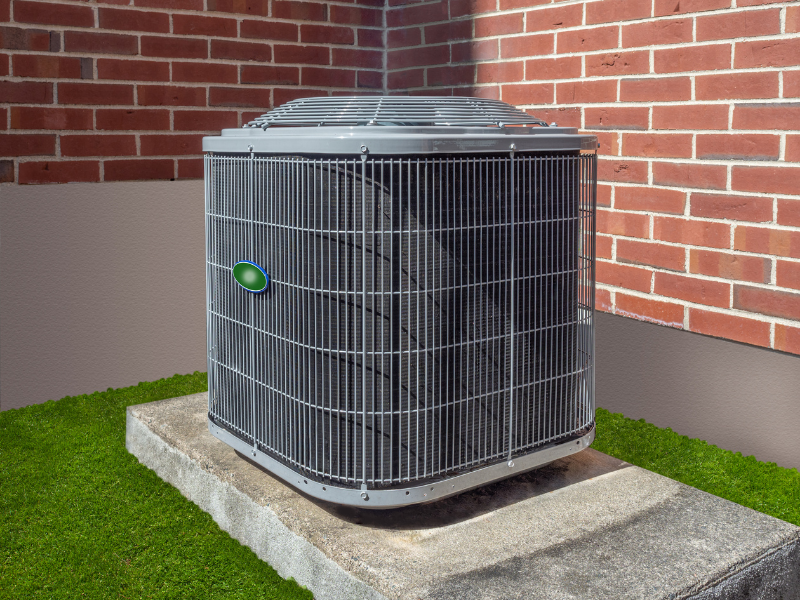You’re ready to renovate your home and to have everything exactly as you want it. This may mean relocating the HVAC system. Surprisingly, there are potentially multiple benefits to moving your HVAC unit, including adding square footage to your livable space. This project could be a simple way to fix an awkward floor plan. Moving the HVAC unit may allow you to open up enclosed areas or even take down walls to make your space more open-concept. And if your unit runs noisy, moving it up into the attic could provide relief in the form of silence.
While you want the comfort of a centralized heating and cooling unit, nobody wants to look at the HVAC unit as they’re playing pool in the family room, or to listen to it when trying to sleep at night. Your renovation is the perfect time to put the HVAC unit where it works better. We have four tips to help you do it more efficiently:
1. Hire a General Contractor When Moving Your HVAC Unit
You may need a permit from the city to move your HVAC system up into the attic or down to the basement. This means you must comply with building codes. Unless you’re a licensed contractor yourself, you’ll want to get one involved in a project of this scope. Moving your HVAC requires moving refrigerant lines and relocating electrical wiring, too. Because you’ll have multiple contractors involved in this project, consider hiring someone to help coordinate the move so things go smoothly.
2. Don’t Forget to Budget for HVAC Relocation
Moving your HVAC is significantly pricey, in part because of the professionals involved and the fact that it must be permitted. Don’t forget to factor room in your renovation budget to make this improvement. Long-term, it may raise the resale value of your home if the move gives you more living space. The cost to do so may run upwards of $1,000 or more, but it’s a worthwhile project that can improve the quality of your family’s life.
3. Consider Upgrading Your HVAC System During Relocation
If you’re going to take the time and money to move your HVAC, use this opportunity to replace old units. There’s no better time to upgrade to a new model than when you’re tearing everything out, anyway. You’ll accomplish two tasks if you install a new HVAC unit in a new area of your home, and you’ll only pay the contractor fees once.
4. Hire a Pro to Move Outdoor HVAC Units
Moving the outdoor unit takes a lot of combined effort, so it’s important to have the right people on the job. Still, it’s a good idea if your unit is too close to a bedroom window. Outdoor units can be noisy at night, when the family is trying to sleep.
If you’re moving the outdoor central air unit, you need to call professionals.
Things to keep in mind include:
- This involves disconnecting refrigerant lines and working with 220 voltage.
- Refrigerant lines can only be bent to a limited degree.
- Refrigerant lines can only be so long.
- Your power shut-off switch may need to be moved.
- You’ll need a new installation pad.
- The landscaping under and around the installation pad must be properly graded.
- After relocation, your HVAC unit might need additional refrigerant.
If you need help to move your existing HVAC unit to a different area of your home, or if it’s time to replace an aging unit, call North East Air Conditioning, Heating, and Plumbing, in Converse, Texas, today. (210)658-0111. We’ve been helping homeowners live better since 1971. That’s 50 years of experience at your service, ready to keep your home running smoothly when you need it most. Relocating your HVAC system doesn’t have to be a chore when you have the right help. Use these four tips to get you through this major home improvement project.
Sources


